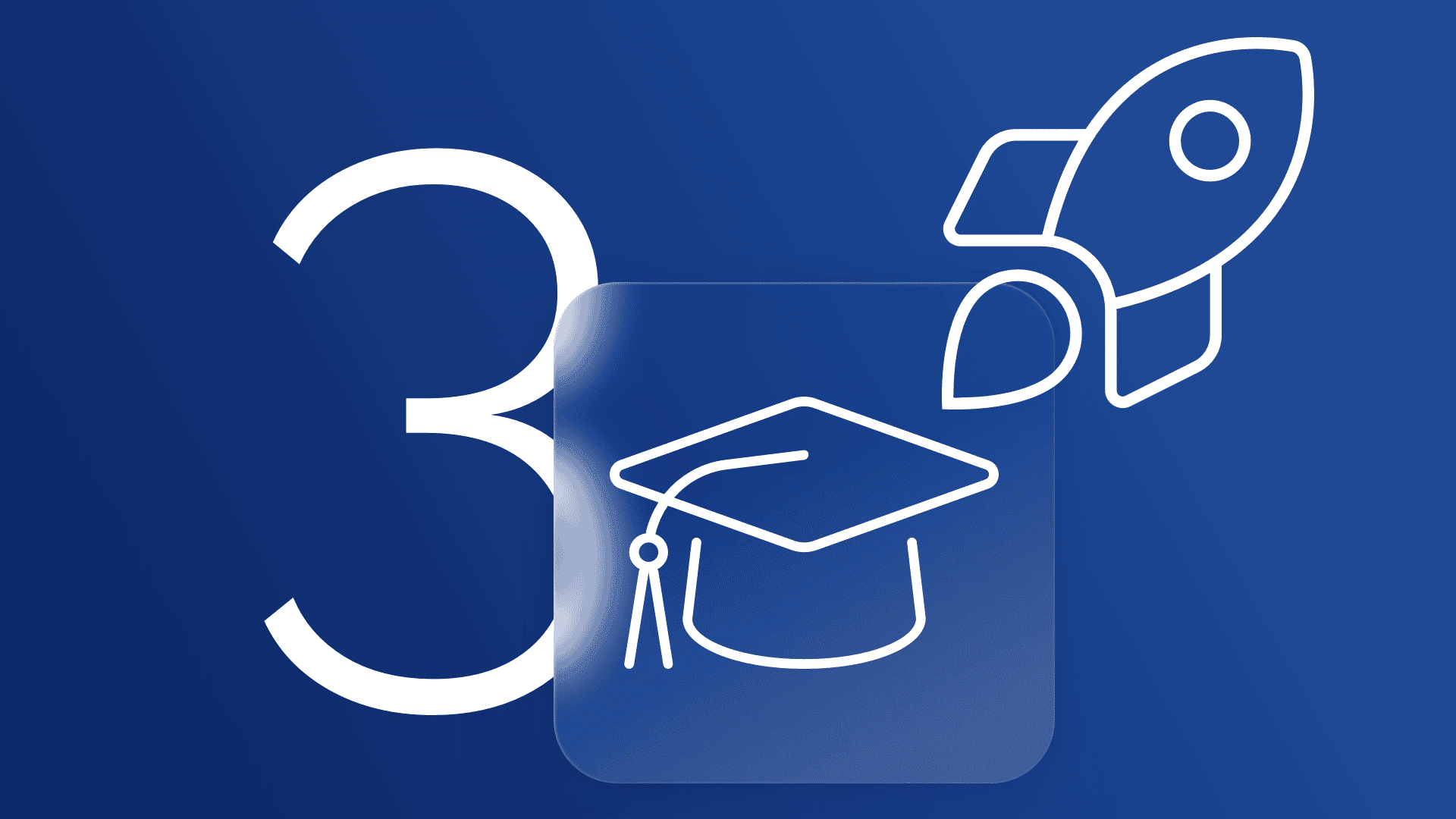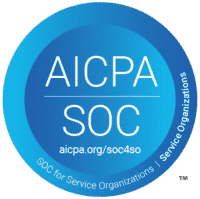Continuing education is growing in importance. It is estimated that 65% of students entering grade school today will be working jobs that don’t exist yet. A changing labor market requires traditional institutions to cater to this trend in order to maintain and increase enrollment numbers, which are currently declining for traditional students. Given that tuition fees are a key revenue source for institutions, this poses a significant challenge and even a threat to survival for some of them. Thus, the big question is how can your educational institution stay competitive and attract new learners and most importantly how can you keep engaging them once they have entered the continuing education landscape. By scaling your continuing education department, you are not only preparing students for lifelong learning and a changing job market but also ensuring a steady revenue for your institution.
1. Modern learners are looking for continuous skill development in line with the changes in the job market
Modern learners are attracted to study programmes that allow them to choose and build skills that fit in line with their busy schedules and changing job market environments. By offering flexibility to combine single courses into longer (certificate) programs, institutes enable lifelong learners to achieve their personal goal. Stackable programs are an innovative credential system that reimagines how education is delivered. It allows learners to earn credentials in smaller modules of learning and combine them to create a traditional learning package such as a master’s degree. Stackable programs help students continuously develop their skills and as a result adapt with the changing in-demand job market.
2. Lifelong learners look for flexible delivery modes of education
Covid-19 pandemic has shown educational institutions around the world the added value that blended learning can offer. Flexible delivery modes of education are exactly what lifelong learners need as it not only matches their busy schedules but also gives autonomy to choose what kind of learning suits them best. As a result, continuing education gets a big quality boost and attracts a larger number of non-traditional learners by combining the possibilities of different modes of education delivery whether it is online, blended or face to face.
3. Build on institutions’ identity as a driving force to attract new learners
Non-traditional learners differ from traditional higher education students. Traditional higher education students fit a profile of a 20-something who most likely are financially dependent on family and have the possibility to dedicate their full time on studying. On the other hand, continuing education learners might be balancing work, studies and sometimes family all at the same time. This also means that they look for and choose institutions with courses that are easy to access and have a smooth enrollment process that does not take large amounts of time from their day.
The journey for this starts with your public-facing course catalog seamlessly integrated
with your own website resulting in an intuitive way for students to navigate through their enrollment and signing-up journey. It is important to optimize this journey as it fits with the non-traditional learners’ needs of intuitive enrollment and at the same time helps institutions to market and manage their courses & programs while maintaining their core identity.
How can technology help scale continuing education
Continuing education is organized differently across institutions. From a technology perspective, that means that your traditional higher education software is not the most suited to cater to lifelong learners. Whether your institution is offering face-to-face, online, blended learning modes or perhaps stackable courses for individual learners & organizations; this variety in traditional systems is going to scale administrative burden exponentially. Having a continuing education management system offers you flexibility to manage stackable & personalized programs, organize different modes of education delivery and integrate a public-facing course catalog with your website, enabling students and B2B customers intuitively manage their enrolments all at the same time while allowing your staff to work more efficiently by automating administrative tasks. This way your staff is able to focus on attracting more non-traditional learners and offering them an engaging learner experience.
Want to learn how can Eduframe by Drieam help you scale your continuing education department and attract more learners? Schedule a virtual coffee with our Continuing Education expert.



